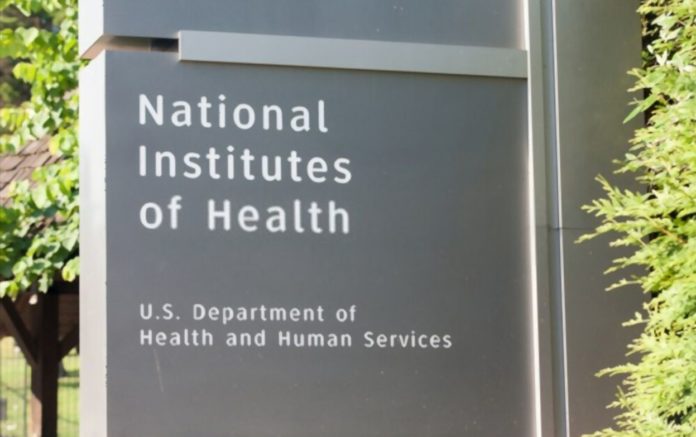New HHS cancer research lists six water disinfection byproducts, a chronic bacterial infection, and a flame retardant
The Report on Carcinogens has been updated to include eight new compounds, bringing the total number of substances known or reasonably expected to cause cancer in humans to 256.
This is the 15th Report on Carcinogens, a cumulative report mandated by Congress and prepared for the Secretary of the United States Department of Health and Human Services by the National Toxicology Program (NTP). The publication of this study marks the 50th anniversary of the National Cancer Act of 1971, which launched the nation’s cancer fight.
H. pylori has been identified as an established human carcinogen in a new report by the National Institutes of Health (NIH). Antimony trioxide, a flame retardant compound, and six haloacetic acids (HAAs), which are present as water disinfection byproducts, are categorized as reasonably expected human carcinogens.
“Cancer affects almost everyone’s life, either directly or indirectly,” says Rick Woychik, Ph.D., director of the National Institute of Environmental Health Sciences and NTP.
“As the identification of carcinogens is a key step in cancer prevention, publication of the report represents an important government activity towards improving public health.”
Chemicals, infectious agents, such as viruses, physical agents, such as X-rays and ultraviolet radiation, and exposure scenarios are among the many environmental elements identified in the Report on Carcinogens. To highlight the potential hazard, a material is classified as either recognized to be a human carcinogen or reasonably anticipated to be a human carcinogen.
Because many factors influence whether or not a person develops cancer, the report does not give cancer risk estimates. These factors include the substance’s carcinogenic potency, the level and length of exposure, and an individual’s sensitivity to the substance’s carcinogenic effects.
Chronic infection with H. pylori
H. pylori is a bacterium that can cause gastritis and peptic ulcers when it colonizes in the stomach. The majority of people do not exhibit any symptoms. Stomach cancer and a rare kind of stomach lymphoma can both be caused by chronic infection. Infection is spread mostly by person-to-person contact, especially in crowded quarters, and can also be contracted by drinking H. pylori-infected well water.
H. pylori infection affects those in poverty and particular racial, ethnic, and immigrant groups disproportionately. Infected patients with stomach ulcers or other indicators of infection can be treated to reduce their cancer risk.
Antimony trioxide
Antimony trioxide is largely utilized in plastics, textiles, and other consumer goods as a flame retardant. Workers who create the material or utilize it to generate flame retardants are the ones who are most exposed.
Other persons may be exposed to low levels of antimony trioxide from breathing contaminated outdoor air or dust from flame-retardant-treated consumer products like carpets and furniture. Regulations imposed by state and federal agencies limit exposure to chemicals in the workplace and in the environment.
Six haloacetic acids (HAAs) found as water disinfection byproducts
Drinking water is treated to remove pollutants and disease-causing substances. HAAs are generated as a result of an interaction between chlorine-based disinfection agents and organic materials in the source water during water disinfection.
Around 250 million people in the United States consume community water systems and may be exposed to HAAs in treated water. Some HAAs are monitored in municipal water systems. HAA levels in drinking water can be reduced with advances in disinfection technology, such as filtration technologies.
The report includes the following six HAAs: the most dangerous water disinfection byproducts
- Bromochloroacetic acid (BCA)
- Bromodichloroacetic acid (BDCA)
- Chlorodibromoacetic acid (CDBA)
- Dibromoacetic acid (DBA)
- Dichloroacetic acid (DCA)
- Tribromoacetic acid (TBA)
Image Credit: iStock
You were reading: NIH: Eight new substances that can cause cancer in humans added to 15th Report on Carcinogens
